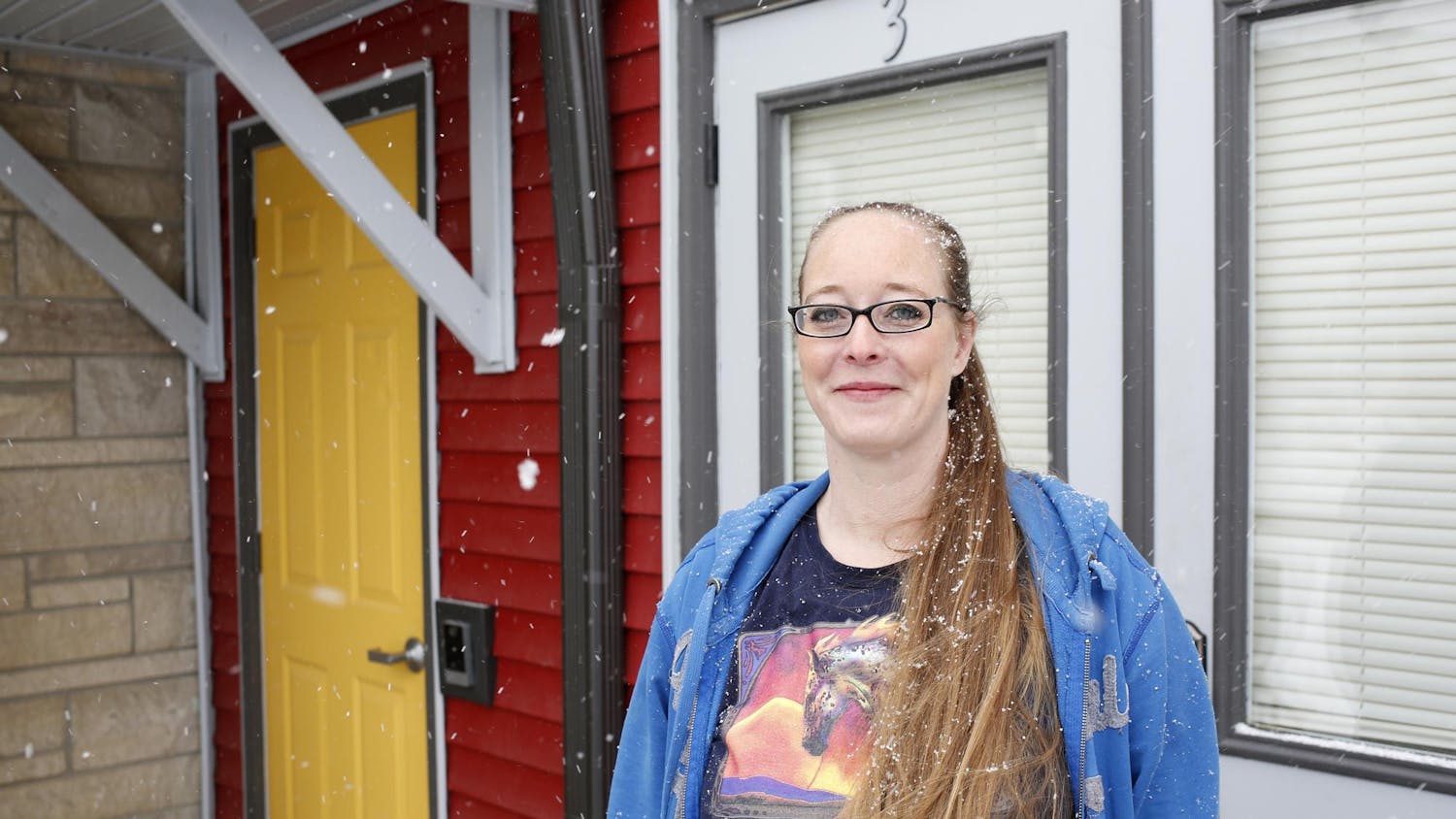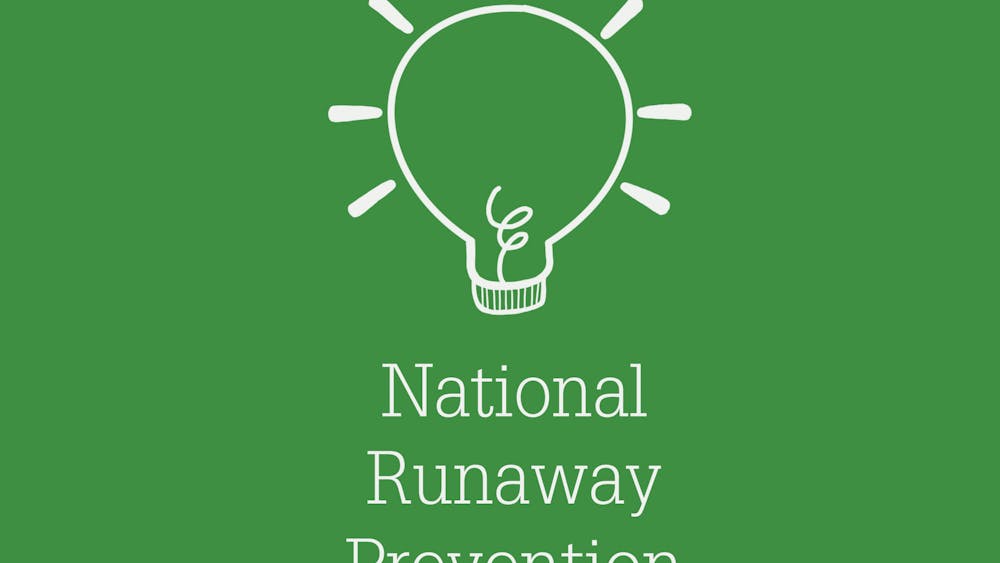Feeding Indiana’s Hungry, a statewide association of food banks, announced Monday that its annual Map the Meal Gap study shows food insecurity remains high in Indiana.
Food insecurity is defined by the U.S. Department of Agriculture as a socioeconomic condition of limited or uncertain access to enough food to support a healthy lifestyle, according to a press release from Feeding Indiana’s Hungry.
According to the newly released data, collected in 2012, 15.7 percent of Hoosiers are food insecure.
This includes more than one million people in Indiana, including nearly 346,000 children that might be struggling to obtain enough food.
Indiana falls near the national average of 15.9 percent food insecurity for all Americans.
Rates reach as high as 18.1 percent of the total population and 28.5 percent of children in Fayette County, Indiana’s highest area of food insecurity, according to the release.
Indiana’s lowest rates occurred in Hamilton County, where 9.8 percent of the total population and 14.3 percent of children are food insecure, according to the report.
The former percentage includes more than 28,000 residents of Hamilton County, based on 2012 population records from the United States Census Bureau.
Monroe County’s food insecurity rate is 17.9 percent, which amounts to 24,740 people, according to the report.
The study concluded $11,975,000 would be needed to meet food needs in Monroe County.
It estimated the average cost of a meal in Monroe County to be $2.76.
“Studies like Map the Meal Gap 2014 allow Indiana’s food banks to continue to evaluate and adjust to the need in individual counties across the state,” Emily Weikert Bryant, executive director of Feeding Indiana’s Hungry, said in the release.
“The research data includes weekly food-budget shortfalls, demographics and poverty levels which help us define the social issues plaguing Indiana to work together with state and local leaders to find a solution.”
The study also showed only 54 percent of people in Indiana who are food insecure are likely eligible for the Supplemental Nutrition Assistance Program or other federal nutrition assistance.
According to the report, 31 percent of food insecure people in Indiana have incomes that fall above all federal nutrition program income eligibility thresholds and would likely be eligible only for charitable nutrition assistance provided by a food bank or food pantry.
“Hunger is a pervasive and solvable problem plaguing every corner of America today,” CEO of Feeding America Bob Aiken said in the release. “By continuing to provide extensive and revealing data like the 2014 Map the Meal Gap study, we will be able to tackle these issues head-on and be armed with the information needed to work towards making sure everyone has enough to eat.”
Rebecca Kimberly
Study finds nearly 16 percent of Hoosiers food insecure
Get stories like this in your inbox
Subscribe





